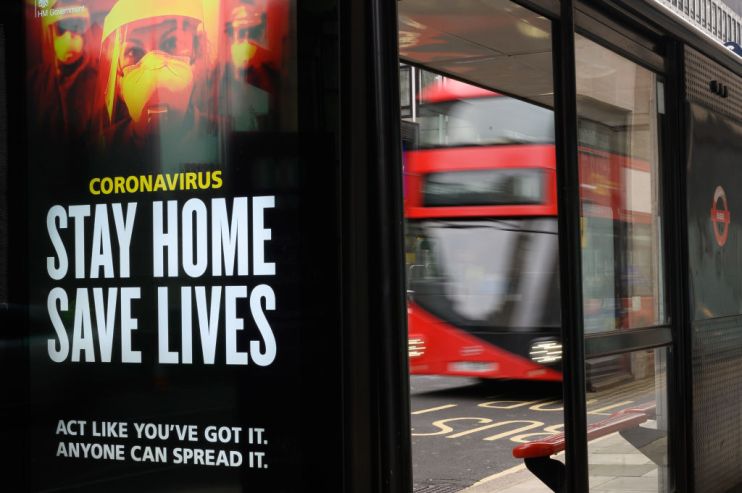London sees biggest drop in Covid case rate as capital stays indoors

London has reported the biggest drop in Covid case rates among English regions, as scientists’ warnings that hospitalis may soon be overwhelmed reverberate around the capital.
The average number of infections in London fell to around 630 per 100,000 people last week, according to the latest official figures — down from 865 in the first week of the year.
The figure marks a significant drop from a peak of around 1,044 cases per 100,000 people in London in the week after Christmas, as festive celebrations saw the number of infections catapult.
But while the capital’s case rate continues to plummet, London remains the most infected region. An additional 6,190 confirmed Covid cases were announced in the city yesterday, marking around 16 per cent of the nation’s total.
Health officials have urged Londoners to stick to the rules over concerns that hospitals will seen become overwhelmed with Covid cases.
Sir Patrick Vallance, the government’s chief scientific adviser, yesterday likened the capital’s hospitals to a “war zone”, warning that the current situation was the worst in the NHS’ 72-year history.
Admissions to intensive care remain highest in the capital, with the number of Covid patients in hospital around 50 per cent higher than in the first wave.
Transport for London (TfL) yesterday said it has hardened its stance against passengers refusing to wear face coverings, after fresh data. showed it has handed out almost 2,000 fines for mask-flouters.
However, the transport body said TfL said it has seen “around 90 per cent compliance at the busiest times of the day”, with only a minority of passengers “continuing to ignore the regulation and putting themselves and their fellow passengers at risk”.
It comes after the mayor of London’s decision earlier this month to declare a “major incident” in the city appeared to spook the capital into following lockdown orders.
A major incident is defined as being “beyond the scope of business-as-usual operations, and is likely to involve serious harm, damage, disruption or risk to human life or welfare, essential services, the environment or national security”.
Major incidents have previously been declared during the Grenfell Tower fire, London Bridge terror attack and Croydon tram crash in 2016.
It comes as the London Ambulance Service is now taking up to 8,000 emergency calls a day, compared to around 5,500 on a typical busy day pre-Covid.
More than 800 patients are being admitted to London’s hospitals with coronavirus every day, NHS England chief executive Sir Simon Stevens warned last week — “equivalent to a new St Thomas’ hospital full of Covid each day.”
It emerged this morning that two London buses have been converted into temporary ambulances to alleviate the pressure of Covid-19 on the NHS across the capital. Although not exclusively for Covid patients, the buses will have oxygen onboard to provide Covid patients who need it.
The Prime Minister today said it was “too early to say” whether current restrictions could be relaxed in the spring or go on longer.
Boris Johnson said it was “absolutely crucial” to obey the current lockdown rules “in what is unquestionably going to be a tough few weeks ahead”. However, he clung on to hopes that the vaccine may prove the light at the end of the tunnel.
Health secretary Matt Hancock this morning announced that the NHS is currently vaccinating at a rate of 200 jabs each minute, with more than 5m doses already handed out.